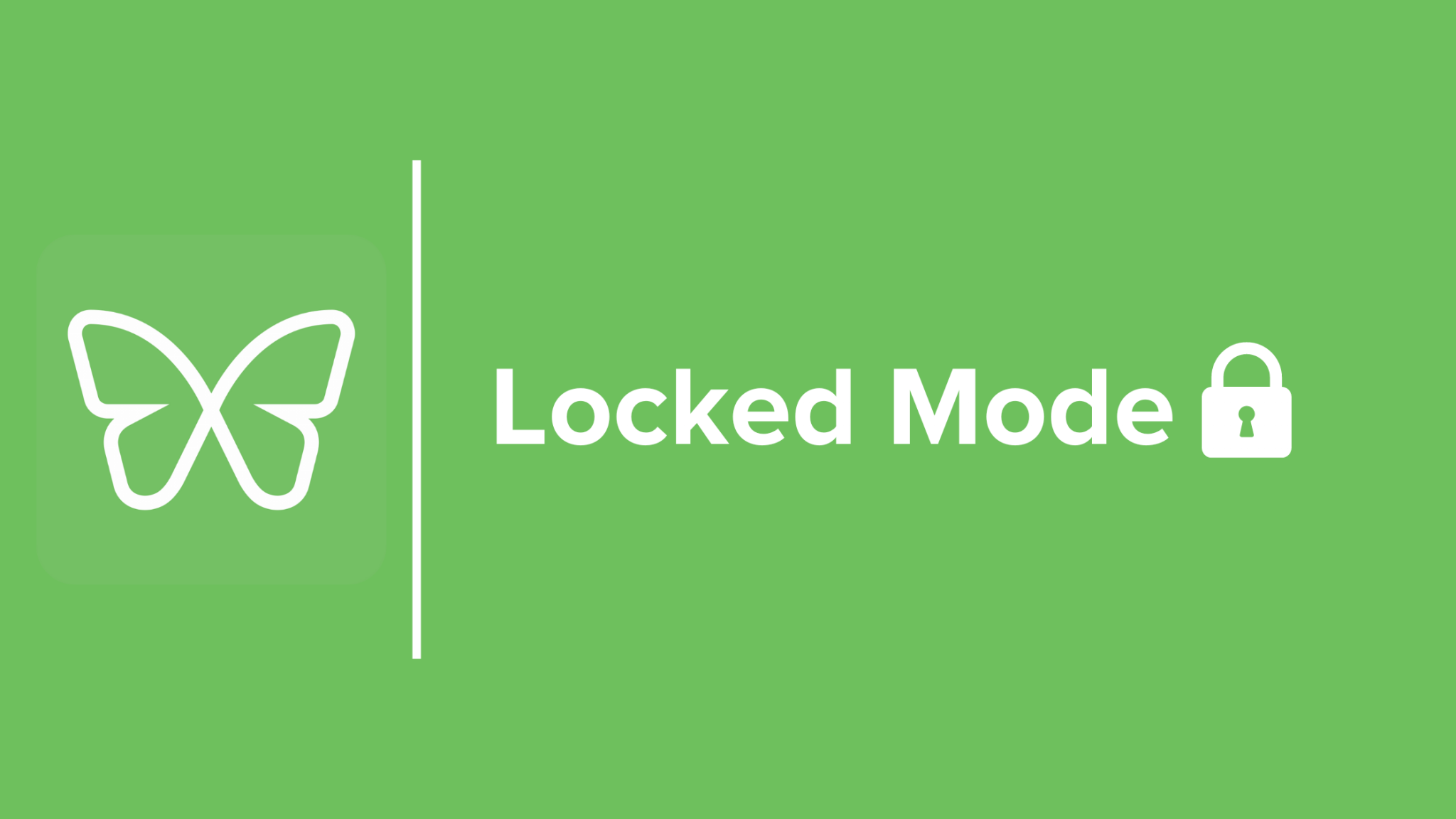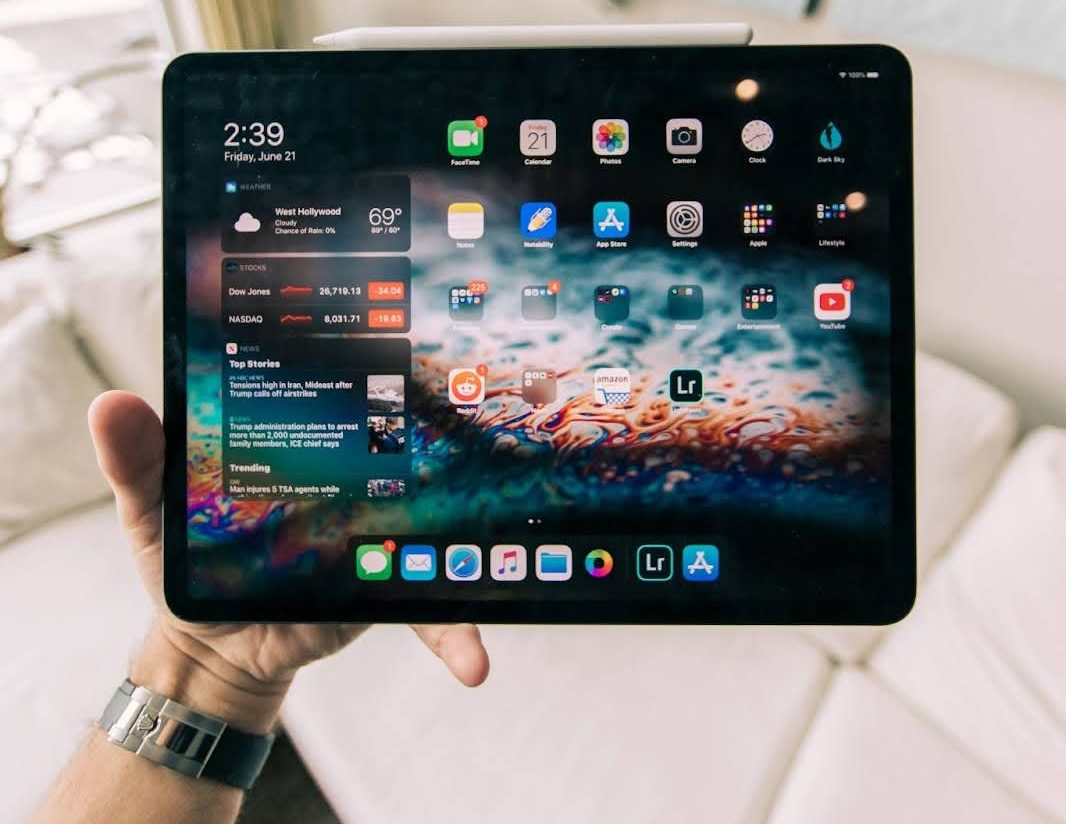Generative AI: How to Use It To Be Productive…But Not Lose Your Soul (Part 2)

(This is the second post in our series on how to be productive with AI. Check out the first post here.)
Now you know what “generative AI” is, how it is impacting the creative industries, its benefits for creators and knowledge workers, and also its limitations when it comes to creative expression.
Let’s take it one step closer to home in this article. How does AI directly affect our creative productivity, and what should we keep an eye out for as we explore collaboration with machines?
Generative AI and “Deep Work”
Deep work is a concept coined by Cal Newport referring to the ability to focus without distraction on cognitively demanding tasks. It’s about working in a “flow state” where you’re totally immersed in what you’re doing, and where your productivity levels are at their highest.
This type of work requires both concentration and freedom from distraction, which can be achieved through various strategies such as setting aside dedicated time for deep work, eliminating unnecessary interruptions, and creating a conducive environment that facilitates focus and concentration.
AI distractions
As exciting and powerful as generative AI for productivity may be, it may be more of a distraction from deep, focused sessions than a partner in producing valuable, creative work.
Whether or not you’ve experimented with generative AI tools before or not, here are four things we’ve noticed about AI’s potential to distract.
- Fascination with its capabilities: Generative AI can produce fascinating and impressive outputs that may capture your attention for extended periods, distracting you from important work.
- Idea generation overload: AI tools can generate a vast number of ideas or possibilities, overwhelming you with options and causing decision paralysis, leading to distraction and procrastination.
- Requiring attention for tuning and refinement: Successful application of generative AI may require significant time and attention to refine and tune the algorithm to produce desired outputs, which may draw your focus away from other essential work.
- Intrusive notifications and alerts: Generative AI can be programmed to send notifications or alerts when it detects certain patterns or outputs, interrupting your workflow and leading to distraction.
Does generative AI make deep work too shallow?
Some argue that generative AI comes with the danger of making deep work too easy.
A reduction in friction and effort may ultimately lead to a decrease in desire and energy to engage in it. When we think about it, the truest forms of human creativity often require effort, focus, and struggle—just read Steven Pressfield’s “The War of Art”.
While AI can certainly aid in the creative process, it’s up to us to make sure it doesn’t become a crutch, inhibiting natural intellectual growth. If used correctly, however, generative AI can (and does) enhance and streamline the creative process.
Here are a few reasons why generative AI may result in deep work being a shallow experience for the creator, leading to reduced desire and energy to engage in it:
Reducing Friction and Effort: Generative AI has the potential to automate certain aspects of creative work, such as plotting, planning, organization, research, and prototyping, making it easier and faster to generate ideas, designs, or even music. Efficiency and speed may be two positive results creators would appreciate; however, this automation and ease also makes the process of creating less challenging and thus less rewarding. Without the need for honest human effort, it’s up to debate whether such a creative process still maintains its value.
Removing the Element of Surprise: One of the joys of creative work is experiencing moments of surprise or serendipity when you stumble upon something unexpected or new. Generative AI, on the other hand, is based on algorithms and pre-existing data. Even though its “ideas” may be “original”, it’s not producing truly novel or inventive ideas. (At least, not yet!) This removes the excitement of discovery and limits the potential for true, ground-breaking human creativity.
Dependence on Technology: Finally, relying too heavily on generative AI may lead to a dependence on technology for creative work. A lack of development of human skills and intuition may result, as well as reduced ability and desire to think critically and solve complex problems.
AI’s relationship with our brains: Heaven or hell?

Artificial Intelligence (AI) has revolutionized the world of content creation, making it increasingly easier to produce high-quality content in vast quantities, in a fraction of the time. From news articles to YouTube videos, social media captions to marketing campaigns, AI-generated content is ubiquitous. While this technology has undoubtedly made our lives easier, it has also raised concerns about how it impacts our critical thinking and inner voice—our own thoughts, emotions, and consciousness which gives birth to creativity and innovation.
- Trivialization of Original Thoughts: AI-generated content may lead to a lack of original thoughts. Instead of using our own creativity and imagination to generate ideas, we may end up relying solely on what AI produces. A few years down the road, this may result in a trivialization of original thoughts and ideas, leading to a lack of innovation and uniqueness in the content we create, or perhaps even a decrease in the perceived value of our own work.
- Exacerbation of Bias: The algorithms used to create content may replicate and amplify existing societal biases, reinforcing unhealthy stereotypes, and producing and disseminating inaccurate information.
- Diminution of Critical Thinking: Finally, the ease of access to AI-generated content may diminish our critical thinking skills, as we may become reliant on the content produced without questioning its accuracy or legitimacy.
All this to say—generative AI could have profound implications for the way we consume, analyze, and share or create information.
Balancing the use of generative AI with undistracted, deep work
As AI becomes increasingly prevalent, it’s essential to find ways to incorporate it into our workflow while avoiding distractions. Here are some strategies for balancing the use of generative AI with undistracted, deep work:
- Set specific time blocks for generative AI work and separate them from deep work periods.
- Use AI to automate repetitive tasks and reduce distractions during deep work sessions.
- Prioritize mindfulness and intentional focus during deep work periods to balance the potential creativity of generative AI.
- Keep the end goal in mind to avoid being sidetracked by endless AI-generated possibilities.
Remember, the goal is to use generative AI in a way that supports and enhances our work rather than detract from it with distractions.
Generative AI’s Impact on Our Inner Voice and Original Thoughts
The “inner voice”, sometimes understood as your higher self or intuition, can be a powerful tool for self-reflection and personal growth. By listening to and analyzing our inner dialogue, we can gain a deeper understanding of our thoughts and behaviors. Original thoughts, when acted upon, sparks creativity and innovation.
The danger here is the potential for generative AI to pull our energy and attention away from our inner voice and original thoughts, and thus draw us away from our ability to create mindfully and meaningfully.
Here are some potential ways in which generative AI could impact our inner voice and original thoughts:
- Over-reliance on AI-generated content: We may become accustomed to using AI-generated content as a crutch and find it difficult to come up with new ideas on our own.
- Homogenization of content: If we’re also using the same AI-generated tools to create content, there is a risk that everything starts to look and sound the same. (It does sound like doomsday thinking, but bear with me!)
- Distraction from inner reflection: By being constantly bombarded with stimuli, including AI-generated content, we may find it difficult to take time for inner reflection and contemplation, which negatively affects our mental health and well-being.
- Loss of human touch: AI-generated content may lack the emotional depth and nuance that comes with human creativity, leading to a loss of connection and empathy in our interactions with each other and with the content we consume.
- Unintended biases: AI systems are only as unbiased as the data they are trained on. If the data is biased or incomplete, the AI-generated content may perpetuate harmful stereotypes or reinforce existing power structures.
Even though generative AI could help us explore new ideas and possibilities that we may not have considered on our own, we must approach generative AI with caution, and be mindful of its potential effects on our creativity and mental health.
Why it’s crucial to connect with our inner voice
When we tap into our inner voice, we allow ourselves to explore our own unique perspectives and connect with our true passions. This connection fuels our creativity and inspires original ideas that come from within. By silencing external distractions and truly listening to our intuition, we can unlock a world of possibilities and tap into a well of endless inspiration.
This process can help us overcome creative blocks and push through moments of self-doubt. When we trust our inner voice, we give ourselves permission to take risks and try new things. It’s important to acknowledge that this process can be challenging at times. It takes practice to fully connect with our inner voice.
But the rewards are well worth the effort.
By embracing our unique perspectives and allowing ourselves to be vulnerable and authentic, we can create work that truly resonates with ourselves and others.
Here are some tips to help you reflect and connect with your inner voice:
- Schedule time for yourself each day to disconnect from technology and distractions
- Practice mindfulness meditation to quiet your mind and focus on your thoughts
- Keep a journal to record your thoughts, feelings, and ideas
- Spend time in nature to connect with the world around you
- Engage in creative activities or hobbies like painting, writing, or music to express your emotions and thoughts
Begin to create space and time for introspection and self-discovery today, and watch your creativity and productivity levels climb!
The Limitations of Generative AI in Creativity and Emotional Expression
Generative AI has been hailed as a revolutionary technology that can create original work with minimal human intervention. However, it does have its limitations.
For one thing, it lacks the emotional depth and nuance of human-created work. As a machine, AI can and does emulate certain styles and patterns, but it cannot replicate the creativity and intentionality that comes from the human heart.
As some researchers put it, algorithms are tools, not artists; because art is something created by “social agents”, computers cannot (and would never) be credited with authorship of any true art. Because of its lack of a soul and its machine-mind, generative AI may produce work that feels mechanical and soulless, content that lacks the human depth and emotional nuances of language.
At the end of the day, AI is simply a machine, not a living, breathing soul.
And because no two human creators are ever entirely alike, the subjective nature of creativity itself makes it extremely difficult for AI to replace humans. Although generative AI has come a long way, it still requires significant advancements in natural language processing, contextual understanding, and emotional intelligence to produce works that rival those created by humans.
As hinted at earlier, generative AI also lacks the ability to comprehend cultural and societal nuances that influence creative work. As such, it may produce content that is inappropriate or offensive due to its inability to understand cultural taboos. AI-generated work also lacks the emotional depth and richness that comes from lived experience and human empath, the spontaneity and unpredictability often valued in creative work.
To overcome these limitations, researchers are exploring ways to incorporate more nuanced understanding and context into generative AI models, such as using sentiment analysis and natural language processing techniques.
The conclusion? While there are certainly benefits to using generative AI in creative work, human creativity and ingenuity remain essential to producing truly impactful and meaningful creative work.
Generative AI and Our “Creative Muscle”
The term “creative muscle” refers to the idea that creativity is a skill that can be developed and strengthened over time, much like a muscle. By consistently engaging in creative activities, such as writing, painting, or problem-solving, individuals can build up their creative muscle and become more proficient at generating new and innovative ideas.
As technology advances, generative AI is becoming more intelligent and capable. The potential for generative AI to weaken our “creative muscle” comes from our overreliance on technology for creative work—if we allow it.
One or all of the following may result if we begin inserting prompts and pressing “enter” or “run” every time we’re trying to come up with ideas or create something:
- Creativity could become formulaic: If we rely on AI-generated prompts or suggestions for creative work, our ideas may become limited to what the algorithm can generate.
- Less emphasis on human intuition and interpretation: AI may be able to analyze data and make predictions, but it cannot replicate the creativity that comes from human intuition and interpretation.
- Reduced confidence in our own creative ability: Overreliance on algorithm-generated ideas may limit our ability to come up with original concepts and solutions, beginning a vicious loop of lack of confidence and experience that leads us further and further away from human creation.
As we continue to develop and use generative AI, we need to be mindful of its potential impact on our own creative abilities and find ways to balance its use with our own ingenuity and intuition.
Strategies for exercising and strengthening our “creative muscle”
We got all “doom and gloom” there for a moment, didn’t we? Let’s step away from focusing on technology for a moment, and explore a handful of ways to maintain and strengthen our creativity and productivity.
1. Cultivate Curiosity
- Ask questions constantly, and seek out answers
- Try new experiences and learn new things
- Explore different cultures and perspectives
2. Set Aside Time for Creativity
- Schedule time for boredom each day or week
- Make a dedicated space for your creative pursuits
- Eliminate distractions and allow yourself to focus
3. Practice Creative Exercises
- Write in a journal or free-write for 10 minutes each day
- Play improvisational music or create art without a plan
- Engage in brainstorming sessions with others to generate new ideas
4. Take Breaks
- Step away from your work and allow yourself time to rest and recharge
- Do something different to give your mind a break and perspective
- Find inspiration in nature or other creative works
5. Collaborate with Others
- Work with people from different backgrounds and skillsets
- Share ideas and build off of each other’s strengths
- Use teamwork and communication to create something new and innovative
6. Experiment with Different Mediums
- Try different forms of expression such as painting, photography, or writing
- Take a different approach to a project to see if it leads to new ideas
- Combine different mediums to create something unique.
7. Embrace Failure
- Realize that failure is a natural part of the creative process
- Learn from your failures and use them to improve your work
- Don’t be afraid to take risks and try new things.
Experimentation is a key factor in generating original ideas. You already know this if you’ve ever created something just for the fun of it.
By trying out new things and exploring different approaches, you make discoveries, gain new insights, and learn to see the same objects or issues from different perspectives—all of which can inform your work.
Your Next Steps with Generative AI
Generative AI has emerged as a powerful tool for experimentation and exploration in many fields, including art, music, and writing. Thanks to models trained on large datasets, AI can produce new and original content that can be used by us humans as a starting point for further exploration and experimentation.
Remember, however, that these tools are just one aspect of the creative process—not the entire process from start to finish. The best ideas come from a combination of experimentation, exploration, and personal experience.
Given what we’ve been covering so far, here’s what you can do to cultivate a healthy working relationship with generative AI:
- Educate yourself on the capabilities and limitations of generative AI technology.
- Experiment with different tools and techniques for generating AI-produced work.
- Consider collaborating with AI experts or other creatives to explore new avenues for emotional expression in generative AI.
- Advocate for responsible and ethical use of AI technology in the creative industry.
- Stay informed about emerging trends and advancements in generative AI, and continue to push the boundaries of what is possible.
Speaking of staying informed, keep your eyes peeled for our third and final post on AI productivity.
We’d take on case studies of generative AI platforms, discuss positive and negative benefits of this new tool for the creative industries and the individual creator, and close with thoughts on its potential to produce alongside humanity.


